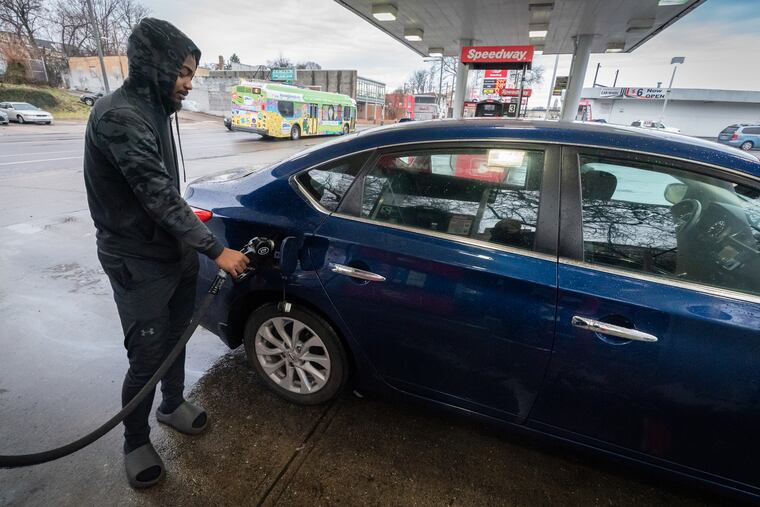If all goes to plan, Philly gas prices won’t reach $4 per gallon for the rest of 2023
There shouldn’t be a repeat of 2022′s nearly $5 per gallon, said experts, with prices staying consistent until at least early 2024.

There shouldn’t be a repeat of 2022′s nearly $5 per gallon, said experts, with prices staying consistent until at least early 2024.
